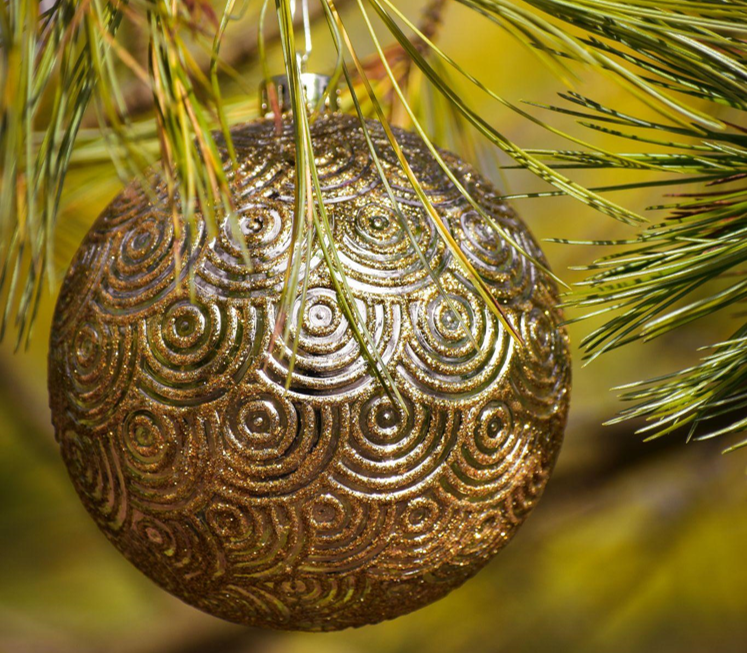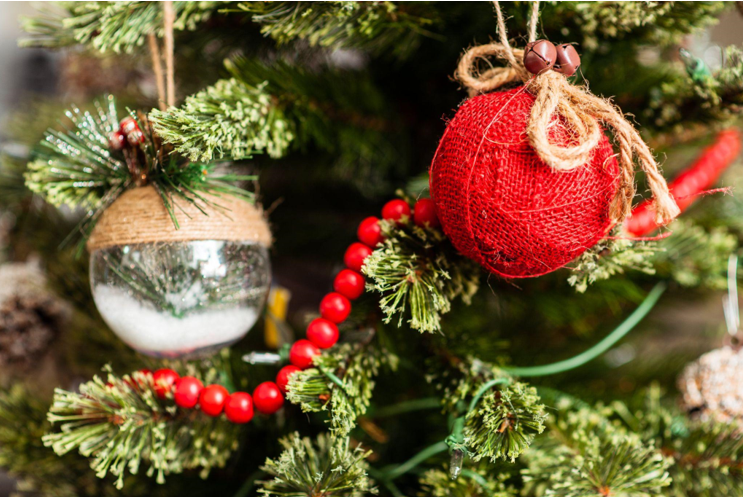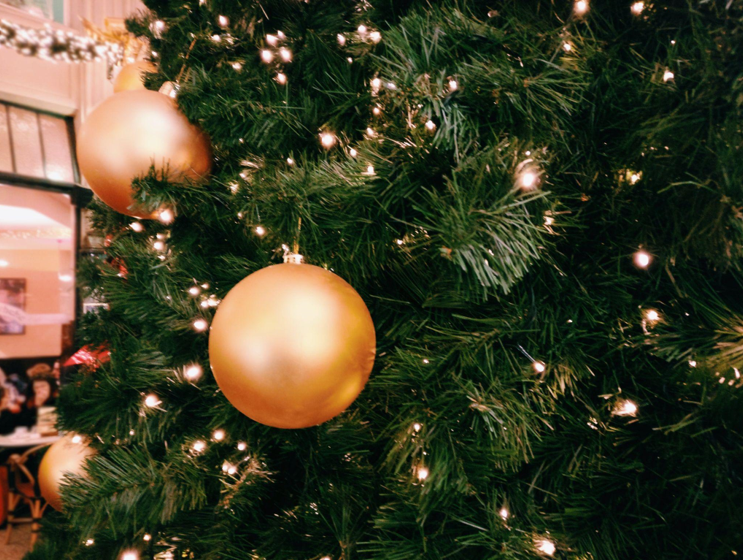The Fascinating History of Artificial Christmas Trees and their Connection to Twelfth Night
The Origin of Artificial Christmas Trees and Their Evolution
Artificial Christmas trees have exploded in popularity in recent years, offering convenience, affordability, and environmental sustainability compared to their live counterparts. However, their history dates back much further than most people realize.
The first artificial Christmas trees were made in Germany in the 19th century due to deforestation and the growing demand for Christmas trees. These first trees were made from goose feathers that were dyed green to resemble the look of a traditional Christmas tree. While these early versions were primitive, they inspired future developments in artificial tree technology.
In the 1930s, manufacturers began using new materials such as aluminum and PVC to construct more realistic-looking trees. By the 1950s, artificial Christmas trees had reached peak popularity and have remained a staple of holiday decorating ever since.
Connections to Twelfth Night, Childbirth, and Naming Days
While artificial Christmas trees are now primarily associated with secular holiday celebrations, they have roots in ancient Christian traditions.
In many parts of Europe, Christmas celebrations last twelve days, culminating in a feast on January 6th, Twelfth Night. Folklore suggests that any Christmas decorations not taken down on Twelfth Night will bring bad luck for the coming year. This tradition is believed to have influenced the adoption of artificial Christmas trees, which could be preserved and reused yearly, rather than relying on a fresh tree that would need to be discarded after one holiday season.
Additionally, artificial Christmas trees have been a part of traditions surrounding childbirth and naming days. It is a common practice to adorn an artificial Christmas tree with ornaments and decorations specifically chosen to represent the newborn child. This tree is then given as a gift to the new parents and symbolizes the child’s birth and the family’s heritage.
In conclusion, artificial Christmas trees are more than just modern-day decorations. Their history and traditions connect them to ancient practices, cultural celebrations, and even childbirth rituals. Whether you prefer a live tree or an artificial one, both provide a unique opportunity to celebrate the holiday season meaningfully.






